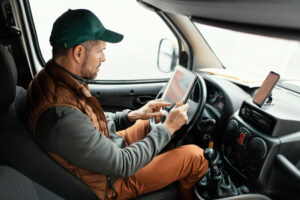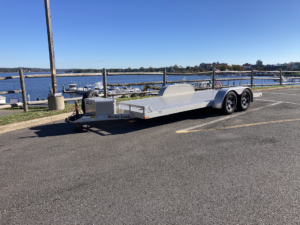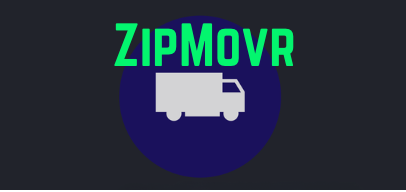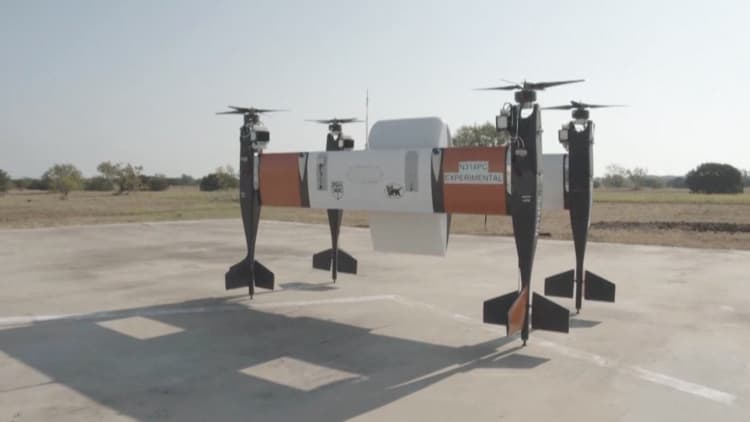The future of delivery is expected to be influenced by several trends and technological advancements. Keep in mind that developments may have occurred since then. Here are some trends that were shaping the future of delivery:
1. **E-commerce Growth:** The rise of e-commerce continues to drive changes in the delivery landscape. With more consumers shopping online, there is an increasing demand for efficient and reliable delivery services.
2. **Last-Mile Delivery Solutions:** Last-mile delivery, the final leg of the delivery journey from a distribution center to the customer’s door, has been a focal point for innovation. Companies are exploring various solutions, including autonomous vehicles, drones, and even robotic deliveries, to make last-mile delivery more efficient.
3. **Drone Delivery:** Drones have been explored as a potential solution for fast and efficient deliveries, particularly in areas with challenging terrain or where traditional delivery methods may be less practical. Regulatory challenges and safety concerns, however, have slowed widespread adoption.
4. **Autonomous Vehicles:** The development and testing of autonomous delivery vehicles, including self-driving trucks and sidewalk robots, have been ongoing. These technologies have the potential to reduce labor costs and increase delivery efficiency.
5. **Same-Day and On-Demand Delivery:** Consumer expectations for faster delivery times have led to the rise of same-day and on-demand delivery services. Companies are investing in logistics and technology to meet these expectations.
6. **Green and Sustainable Delivery:** Environmental concerns are leading companies to explore more sustainable and eco-friendly delivery options. This includes the use of electric vehicles, alternative fuels, and other green technologies.
7. **Advanced Tracking and Visibility:** Real-time tracking of deliveries has become standard, providing customers with visibility into the status of their orders. Technologies like GPS and RFID are used to enhance tracking accuracy.
8. **Collaborative Delivery Models:** Collaborative delivery models involve sharing delivery resources and infrastructure. This can include partnerships between retailers, third-party delivery services, and even crowdsourced delivery options.
9. **Contactless and Safe Deliveries:** The COVID-19 pandemic accelerated the adoption of contactless delivery options. Even as pandemic-related concerns ease, the focus on safe and hygienic delivery practices is likely to persist.
10. **Data Analytics and Predictive Algorithms:** Companies are increasingly using data analytics and predictive algorithms to optimize delivery routes, predict demand, and improve overall delivery efficiency.
It’s important to note that the landscape of delivery is dynamic, and technological, regulatory, and consumer behavior changes can influence the direction it takes. For the latest developments, it’s recommended to stay informed through industry news and reports.

Wonky Loads is taking a traditional approach to delivery by utilizing a workforce that has the assets aka Trucks Trailers to deliver good and services on demand
Ronald Richards









Comments are closed